Features of planting forsythia and caring for shrubs
Planting an unpretentious forsythia is easy to carry out, and a beautiful shrub needs the easiest care. Thanks to the wonderful yellow flowers of this plant, the flower bed will revive in early spring and give a spring mood, and in autumn the foliage will delight with colorful colors.
Appearance
Forsythia is a shrub or small tree of the Olive family. A plant with a light brown bark usually grows up to 1-3 meters. Most forsythia species have simple oval green leaves with jagged edges, 2 to 15 cm long. There are varieties with trifoliate leaves. Bright yellow flowers are the hallmark of forsythia. They cover the plant with a solid carpet in early spring. Flowering lasts about three weeks, and then gradually the fruit-boxes with seeds are formed.
Types of forsythia
There are several of the most popular forsythia species and many different varieties and hybrids.
- The most common is European forsythia. The bush is slightly less than 2 m in height, the leaves are whole-edged, oblong, up to 7 cm long, bell flowers are yellow.
- Forsythia Giralda does not tolerate low temperatures. Green elliptical leaves, up to 10 cm long. In May, it is covered with bright yellow large flowers.
- Hanging (drooping) forsythia is a shrub with a spreading crown, up to 3 m high, with red-brown or olive tetrahedral branches. Yellow flowers up to 2.5 cm in diameter, usually several in a bunch. The foliage is green, but there are varieties with variegated yellowish leaves.
- The drought-resistant dark green forsythia grows up to three meters. The bush has large toothed oblong leaves up to 15 cm long and up to 4 cm wide. Flowers are yellow, with a greenish tinge, connected in small bunches.
- Intermediate forsythia is a hybrid form of drooping and dark green, resistant to cold and drought. Some of its varieties can be grown in the Moscow region and Siberia. It grows quickly, height - up to 3 m. In April-May, bright yellow inflorescences appear. There are varieties with pale yellow flowers and varieties with dark yellow stripes at the base of the flower. The plant retains the rich dark green color of its serrated and oblong leaves until late autumn.
- Forsythia has snow growth up to 2 m, leaves up to 8 cm, white flowers with a yellow throat.
- Forsythia ovate is a medium-sized shrub (up to 2 m) with yellow-gray spreading branches. The flowers are single, up to 2 cm in diameter, and the bright green leaves change color to purple by autumn. Winter-hardy and drought-resistant variety.
Due to the variety of species, varieties and hybrids, you can purchase a plant with unique external data and suitable indicators of drought and frost resistance.
Reproduction
There are several main ways to get new specimens of beautiful shrubs. Forsythia is easy enough to propagate vegetatively at home. It is more difficult to breed a plant with seeds, usually specialists are engaged in this.
- Cuttings.
In June, the top green branches are cut about 15 cm long. The bottom sheets are cut off on them. The resulting cuttings are treated with "Kornevin" or "Epin" to stimulate root growth. Sand is used as soil. The workpieces are planted in a greenhouse and covered with plastic wrap. Regularly watered, ventilated, loosened. Cuttings root well.With the onset of cold weather, they are covered with spruce branches or dry leaves, and next spring you can transplant young forsythia specimens to a permanent place. The plant blooms in the 2-3rd year.
The second option is to plant lignified branches directly into open ground in October. 2-3 buds are left above the ground, and young plantings are carefully covered with dry leaves for the winter. The plants are unveiled the following spring. By the fall, strong young forsythia bushes grow, which are transferred to the place of permanent cultivation.
- Layers.
An easy way that doesn't take long. In autumn or summer, branches located near the surface of the earth are tilted, the bark is slightly incised at the point of contact with the ground, and the shoot is fixed with wire. In spring, the process with roots can be separated from the mother liquor.
- Seeds.
This method helps to get a large number of young specimens at once, but it takes more time than vegetative. In autumn, in October, ripe seeds are harvested. They are stratified: they are kept for about 2 months at temperatures from +2 to +5 degrees. Sowing is done in spring, in March or April. Humus and sand are used as soil in a ratio of 2: 1. The containers are covered with plastic wrap, moistened regularly and kept at room temperature.
The first shoots begin to appear in about a month, gradually the film is removed. For 12 months they grow up to a maximum of 8 cm, at which time the seedlings dive. The height in the second year of life reaches 12-30 cm, and in the third year, some specimens grow up to 90 cm. For the winter, young plantings must be insulated with a thick layer of leaves or needles. Care consists of regular watering, loosening and weed control. They can be planted in a permanent place after 3-4 years. The first time a young plant blooms at about the 5th year of life.
Propagation by green and lignified shoots, layering is a quick way to get a strong young plant. The seed method is more time-consuming, but it gives the opportunity to experiment, for example, by cross-pollination of different types of forsythia.
Landing
A beautiful plant is planted and transplanted in early spring. You can perform work in the fall, in this case the period is chosen so that the plant has time to take root before the frost.
For the bush, a hole is prepared 50x50 in size, 60 cm deep. After planting, the roots should be at a depth of about 35 cm. The distance between adjacent bushes is about 1.5 m.
A drainage layer of broken brick or crushed stone with a height of about 15 cm is placed at the bottom of the pit, then 10 cm of sand, a mixture of sand, peat and sheet earth in a ratio of 1: 1: 2 is placed on top, adding 200 g of wood ash to it. The seedlings are carefully placed in a hole, then a layer of earth is placed on them, watered well, and the soil is compacted.
Growing features
An undemanding plant will certainly delight with its appearance, for this you do not need to make much effort.
- Forsythia prefers bright places protected from wind and drafts. It can grow in partial shade, but in this case it blooms worse.
- Loves calcareous soil, does not tolerate heavy soil. Dislikes areas where water stagnates. Charcoal or lime is added to the soil with high acidity.
- The plant is drought-resistant, it feels better in dry soil than in a waterlogged substrate. During the rainy season, additional moisture is not required. In dry and hot weather, watering is carried out twice a month, each bush needs about 12 liters of water. By autumn, the amount of irrigation is gradually reduced.
- Part of the care is timely weeding and loosening. They dig up the trunk circle deeply, to the depth of the shovel. After loosening, the planting is mulched with earth or compost.
Forsythia does not bloom well if flower buds are damaged by frost in winter or the plant lacks nutrients. Pruning too often and too extreme can also impair flowering.
Pruning
On young plants, only sanitary pruning is carried out - dry, frozen or damaged branches are removed. It is also appropriate to remove too thin shoots and those that grow inside the crown and thickens it.
On adult bushes, dead, damaged, diseased, too old and thick shoots are completely removed. The faded branches are shortened by a third. On too thickened bushes, weak and improperly growing branches are removed.
In adult specimens, you can additionally carry out anti-aging pruning, no more than once every 3-4 years. All branches are shortened by at least 2/3. With the abuse of such haircuts, forsythia will become more magnificent, but it will bloom worse.
Preparing for winter
The plant winters well without shelter under a thick layer of snow. Usually forsythia is insulated before the onset of frost, because it is impossible to predict the amount of winter precipitation.
The trunk circle is covered with a layer of dry leaves about 10 cm high, the branches are bent to the ground and fixed. Young plants are completely covered with spruce branches.
Fertilizer
In early spring, a layer of rotted manure is placed near the trunk circle, and then the plant is watered abundantly. In April, mineral dressing is carried out, about 65 g per square meter of planting. After flowering, a universal fertilizer is applied, for example, "Kemiru", at the rate of 110 g per square meter.
Diseases and pests
Forsythia can suffer from moniliosis, downy mildew, bacteriosis, or wilting.
- When moniliosis is affected, brown spots appear on the leaves. Mechanical removal of all damaged branches will help stop the spread of the fungus. The affected areas are cleaned to a healthy tissue. The fight against wilting is carried out with the help of a 2–5% solution of "Fundazol".
- In case of a bacteriosis disease, the affected specimens must be completely dug up by the roots and burned. The place where the infected forsythia grew is disinfected, for example, with a solution of potassium permanganate.
- On bushes diseased with downy mildew, the leaves are deformed, a grayish bloom appears on them. The damaged parts of the plant are removed, treated with Bordeaux liquid.
Nematodes are small worms that pose a serious threat. They most often damage the roots of the plant. Forsythia grows worse, weakens, turns yellow in the affected areas. When these pests attack, the damaged areas and the soil under the bush are treated with "Carbation" or "Nemaphos" according to the instructions.
Another dangerous pest is aphids. She feeds on the sap of the plant, weakening it. With a small number of insects, forsythia can be treated with a solution of laundry soap or powdered with ash. If a pest colony has settled on a shrub, they are sprayed with an insecticide, for example, "Aktara".
Forcing forsythia
You can get a blooming yellow twig not only in spring. For this, before the onset of frost, the apical annual shoots about 50 cm long are cut off. They are packed in polyethylene and placed in a refrigerator. In winter, you can "wake up" the twigs. They are first kept for 5 hours in water with a temperature of about 30-35 degrees. Then sugar is added to a vase of water at room temperature at the rate of 50 g per liter of water. Forsythia twigs are placed in a prepared container. Flowers will bloom on it in about 9-11 days.
Use in landscape design
Due to its simplicity in growing, forsythia in the open field is often used for landscaping squares, parks and home flower beds. It is used both for single planting and in groups, form curbs, decorate slopes with it.
In spring attracts early flowering of the plant. In the fall, the foliage of the bush acquires purple, golden and purple hues, some varieties retain their rich green color until frost. This allows you to create variegated multi-colored areas where you can combine different types and varieties of forsythia. The plant looks very attractive against the background of coniferous trees of dark green color, it harmonizes well with roses.
It is easy to grow forsythia, it will be an excellent decoration for a flower garden. This is a sunny plant, along with its flowering spring comes. Forsythia will help you wake up from hibernation, and its bright flowers cheer you up and give you warmth.
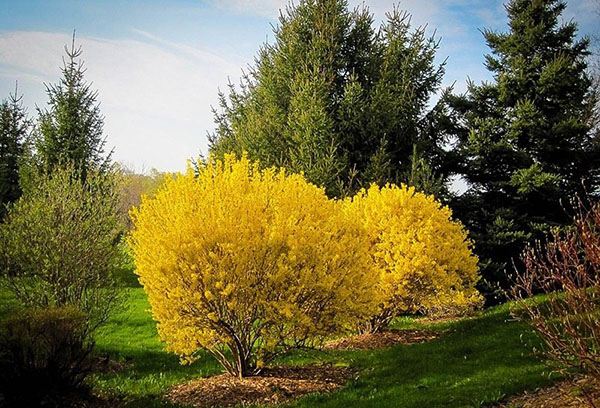
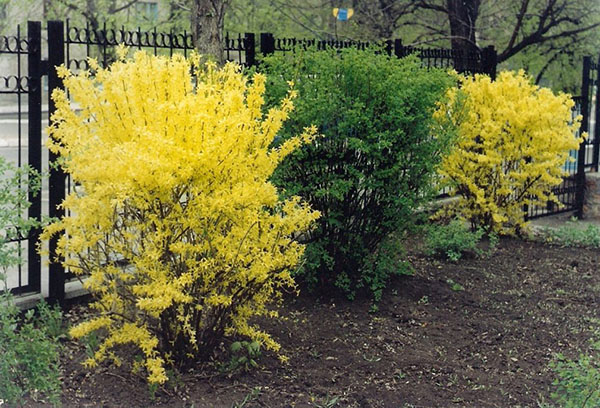
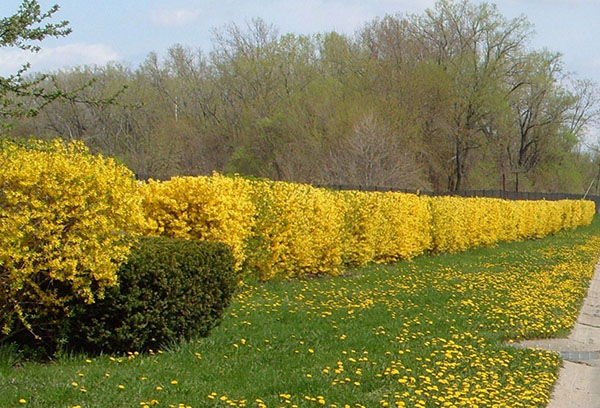
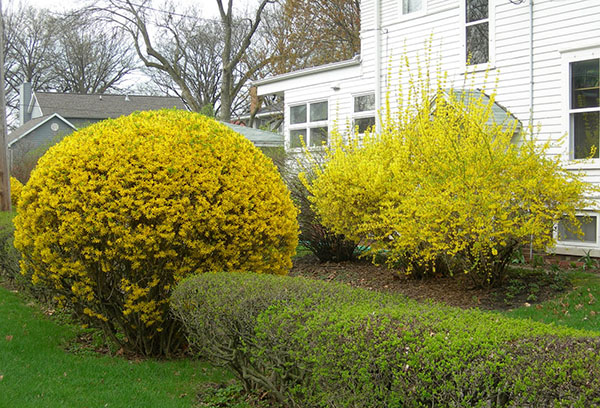

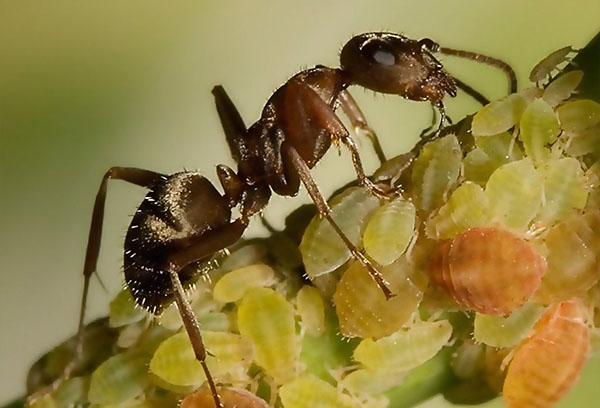
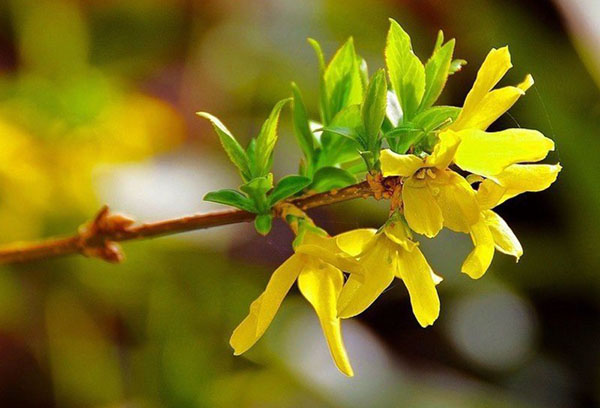

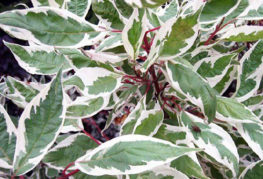
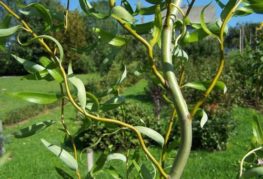
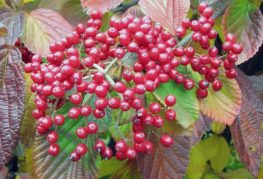
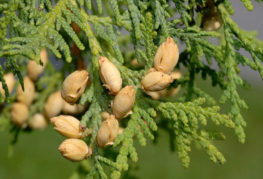
and will be published shortly.